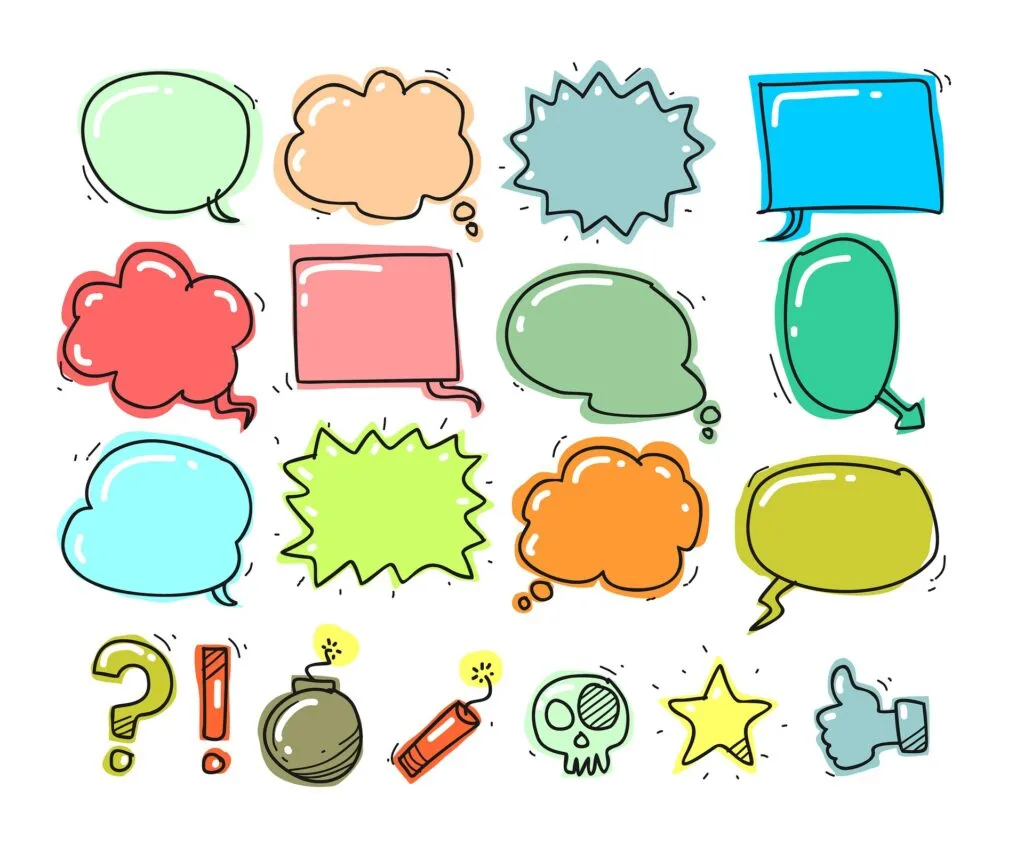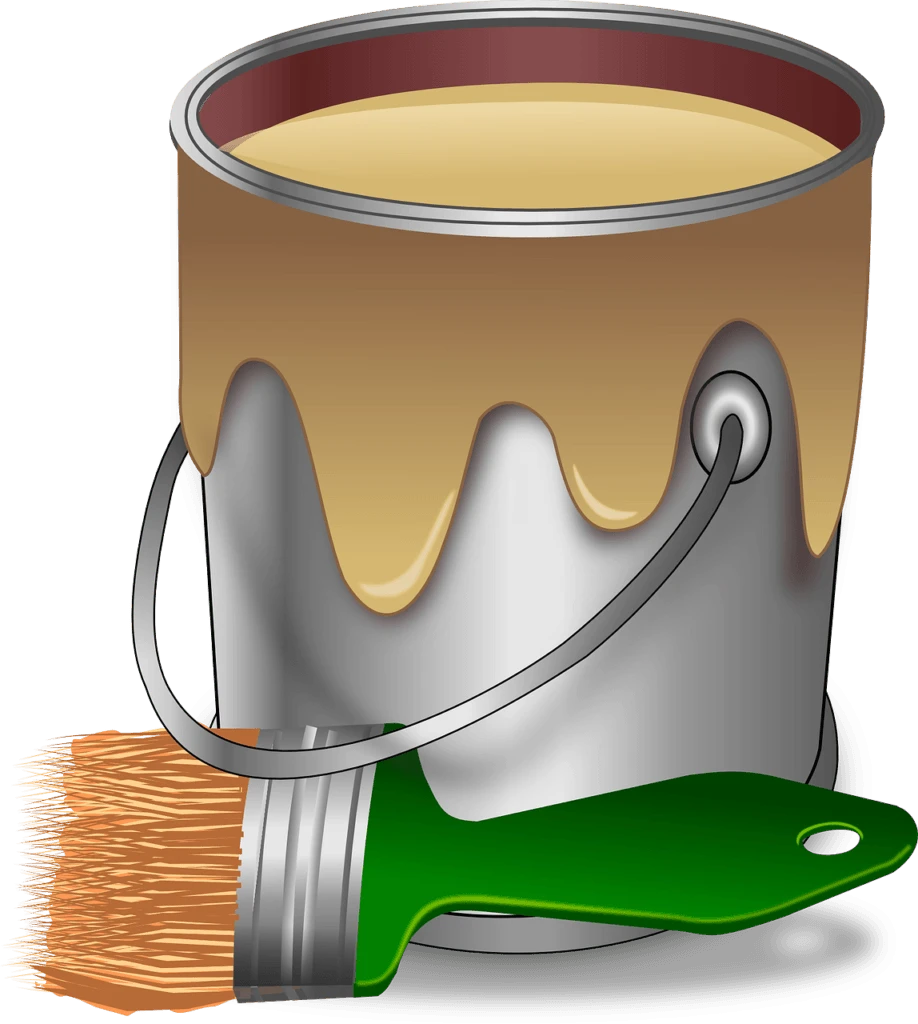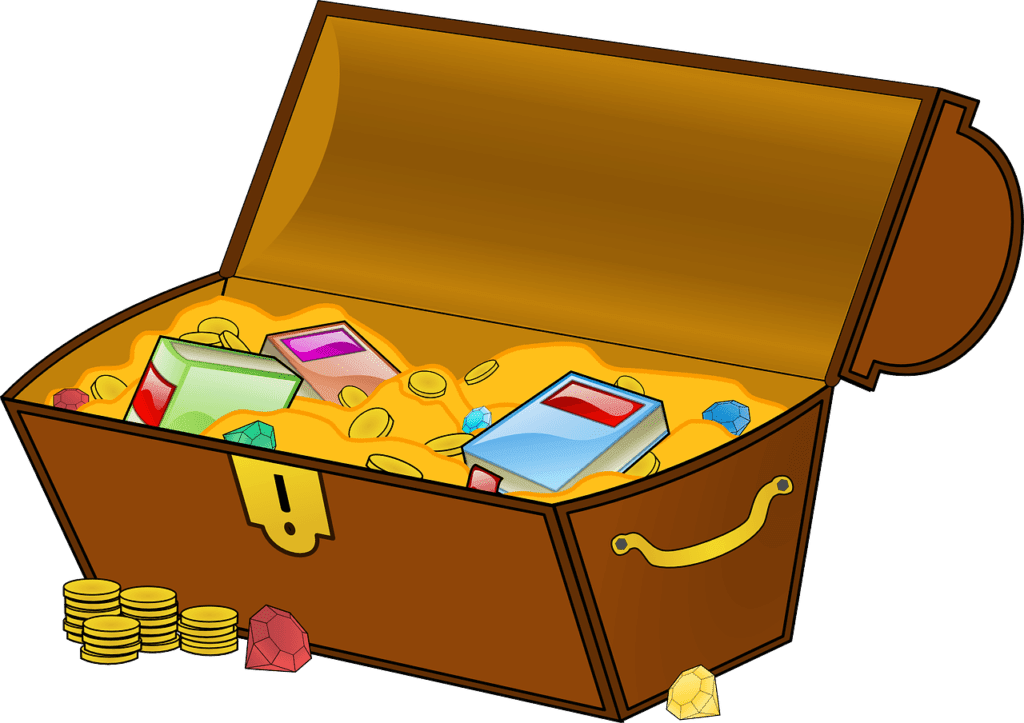There is a lot of new information to process when learning to read, so it is important to make each step along the way as exciting and interesting as possible.
That means staying away from worksheets wherever possible and thinking of new ways to learn sounds and how to blend them.
What is Blending?
Blending is the skill of putting several letters together to make one sound. We start with typical blends ch, th, sh, fl, fr, gr. Of course, to teach blending sounds, you need to know the sounds of each letter of the alphabet first.
There is no point moving on blending sounds before you have the basics in place, so before you start, always make sure your children are ready.
Blending is a vital reading skill that needs time to develop. Everyone learns at their own rate, so if someone else is quicker, don’t worry.
Sometimes we need to hear and see things many times (up to a hundred times) before processing them. The key is learning to blend in lots of exciting and different ways.
Here are my top tips for teaching blending. Feel free to adapt any of them to suit your own resources, and remember, the key ingredient is always to keep it playful.
1. Make a sound box

Choose the blend you want to learn and then make a sound box, filling it full of things that start with that blend. If you can’t find objects, it’s no problem. You can cut out or draw pictures to add to the box instead.
For example, if you are teaching sh, you could add:
- shells
- shoe
- toy ship
- photograph of a shed
- Shaving foam
- Shampoo
- A toy shark
- A picture of a shadow.
Use the sound box with a group of children, asking each child to pull out an object and sound out the word.
To make it more interesting, add a red herring into the box – something that doesn’t start with sh and see if they can identify the object that is the odd one out.
2. Invisible ink
This is a lovely activity that keeps the children really engaged and teaches blends at the same time.
You can make a simple invisible ink by following the steps below:
- Mix half a cup of baking soda with half a cup of water
- Wet a thin paintbrush and dip it into the mixture.
- Use the brush to write blends all over a large piece of paper.
- Allow time for the writing to dry.
- Mix a solution of half a cup of rubbing alcohol (surgical spirit) and a teaspoon of turmeric.
- Paint the solution across the dried baking soda to reveal the secret writing.
Encourage the children to reveal each blend carefully. Can they tell you which blend they have revealed?
Watching the children’s faces as the blends are revealed like magic is great fun. Let the children make their own invisible blends and see if their friends can reveal them.
3. Puppet show
Using a puppet is a great way to encourage everyone to join in with blending. Tell the children the puppet wants them to think of words beginning with fr.
See how many words they can tell the puppet, for example, frog, frame, fruit, fright, and France.
Make your puppet nod or jump up and down excitedly when someone thinks of a new word.
Alternatively, you can prepare some cards with blends such as gr, gl, fl, br, bl, fr
Ask the children to give the puppet the right card for the word frog. If they choose the fr card, give lots of praise.
4. Whiteboards
Whiteboards are a brilliant resource when learning something new because there is no need to worry if you go wrong. You can just wipe it clean and start again.
Give everyone a whiteboard, an eraser, and a marker. Say each blend slowly and clearly and see if the children can write down the blend.
Count to three and ask them to hold up their boards to check who got it right. Erase your board and start again.
5. Blends in the sand
You will need a sand tray, a sand pit, and writing sticks. I like chopsticks, but small branches to twigs work just as well. You can do this activity in wet or dry sand.
Practice writing your chosen blend in the sand. If you are working on ch, practice writing it a few times and then see if you can expand to write words beginning with ch.
An alternative to this is to bury letter tiles or foam letters in the sand and ask the children to dig to find c and h and put them together to make ch.
6. I spy
This is a twist on the old word game.
Start with whichever blend you are learning, and say:
I spy, with my little eye, something beginning with sh
Look around you and find as many words beginning with sh as possible.
Take turns to shout out your guesses.
Example:
- Shop
- Shoe
- Show
- Sharp
The winner gets to choose the next blend. Keep playing until you run out of blends or words.
7. Paint the walls

This is a fantastic outdoor activity that practically teaches blends. The children won’t even realize they are learning to spell.
You will need the following:
- A bucket of water
- Paintbrushes
Dip your paintbrush in the water and use it to paint blends. You can paint them on the yard, walls, gates, or anywhere, as once the water dries, the letters will evaporate and disappear, so this is a lovely way to practice with no pressure.
Try to say the blend out loud as you write, as this helps you to remember it.
8. Letter cubes
There is something about joining two letters together practically that can work like magic.
You can use letter tiles or letter cubes for this activity. Most teaching catalogs sell letter cubes that join together, but if you don’t have any, it’s no problem. You can use Lego, Duplo, or any other construction toys. Simply stick your own letters onto the bricks.
What to do:
- Spread the number cubes across the floor (or table if you are working on a table).
- Say the blend you want the children to find.
- Set a timer.
- See how quickly they can find the two letters and stick them together.
9. The Blending jar
This is a good activity to recap blends you have already learned. Find a clean jam jar with a lid and fill it with blends.
You can use letter tiles (scrabble tiles can work well for this activity), number cubes, or even make your blends by writing them onto little cards.
Shake all the blends out of the jar onto the table, and if you can say a word beginning with the blend, you can put it back into the jar. Keep going until all the blends are back in the jar.
10. Writing fans
Make a letter fan by cutting out several sail-shaped cards and pinning them together with a split pin.
Write a blend on each sail shape. Use your letter fan to practice saying the sounds aloud.
11. Sunglasses
This is a great way to recycle old pairs of sunglasses or spectacles, and the children will have fun playing with them.
Ask everyone you know to collect any old pairs of sunglasses or glasses. It’s always surprising how many pairs we collect when we put out an appeal.
On each pair of glasses, write a blend. For example, if you wanted to learn th, write t over one lens and h over the other.
Put the letters together to make a th sound, and then use your magic specs to go and find words beginning with th, like thick, thin, that, the, and this. You can use a children’s dictionary for this activity if you want to.
12. Highlight all the blends
This activity is a good way to work on letter discrimination, which means picking out or identifying certain sounds from others.
Letter discrimination is a key skill in reading, and this activity can speed up the process. The children will also love to use highlighters, so it’s a win-win.
What to do:
- Photocopy a page of text. (I like using a magazine page or a favorite story).
- Give each child a highlighter.
- Go through the text, highlighting the blend every time you spot it.
- Swap with a friend to check you have found them all.
13. Make a work of art
This activity is a lovely way to combine creative skills with reading skills. Find as many craft-recycled objects as you can.
Collect things like:
- Curtain hoops,
- Bottle tops
- Lids
- Old nets (e.g., from oranges or lemons)
- Junk mail
- Old magazines
- Dried leaves
- Scraps of material.
- Anything else you can find that looks interesting.
- Add pens, crayons, glue, string
Use your recycled materials to create a large collage of the blend you are learning.
If you prefer to work transiently, arrange your materials into the shape of a blend and photograph it before you move the items.
14. Shaving foam blends
Shaving foam is a great way to learn tactilely; the children love it. It’s much more exciting than writing on a worksheet. Always remember to check for allergies first, just in case.
What to do:
- Place a small amount of shaving foam onto a table.
- Use your fingers to spread it out.
- Choose a blend and write it in the foam.
- Write words beginning with the blend if you want to extend your children.
Shaving foam is a great medium to learn with because if you go wrong, all you have to do is wipe it away and start again. If you want to record the learning taking place, take a photograph.
15. Water pistol blending
For this, you will need several water pistols or super soakers and a target area to write blends with the water pistols. You might want to provide aprons or waterproofs for this!
Give a child a water pistol and ask them to write a blend on the target space. Can they manipulate the water pistol to write letters by moving it up, down, and around? This is great for developing fine and gross motor skills as a bonus.
Alternatively, use a piece of chalk to write many different word blends on a wall. Make sure the blends aren’t too close together.
For example:
Sh th ch bl fr cr
Say: one…. Two…. Three… ch
See if they can identify and shoot the right blend and soak it in water. Warning – This game is seriously fun!
16. Treasure hunt

This takes a little preparation, but it is worth it, and you can use it again as many times as you like.
- Prepare a set of cards with a selection of words starting with your chosen blends.
- Prepare a set of pictures that have objects starting with the same blends.
- In an outdoor area, hide the picture cards.
- Place the words on the floor and ask the children to hunt for the corresponding picture card to match each word.
- Ensure they sound out the words correctly before they go off hunting for the matching picture.
- Repeat, but this time hide the word cards.
17. Blending bookmark
This is a good aid when children first start to read independently.
Make a bookmark and write all the blends you have been learning down the side of it.
As a memory aid, ask the children to draw a little picture next to each blend to help them remember.
For example:
Fr – draw a little frog
Fl – draw a little flower
Gr – draw grapes
Gl – draw a glass
Sh – draw a shovel
Sl – draw a slide
…and so on. You don’t have to use those prompts. This will work best if the children think of themselves as they will remember them better. Use your bookmark to help you read, and if you get stuck, check your blends.
18. Read
Yes honestly! There is nothing like actually reading to get better at blending.
Practice, practice, practice as often as you can. Choose books that your children will be attracted to:
Provide:
- magazines
- pop up books
- books that make noises
- books for the bath
- Recipe books
- Factual books
- Picture books
- old books
- new books
… anything that you think will excite and interest them. Read, read, read, and you will be blending like a pro!
